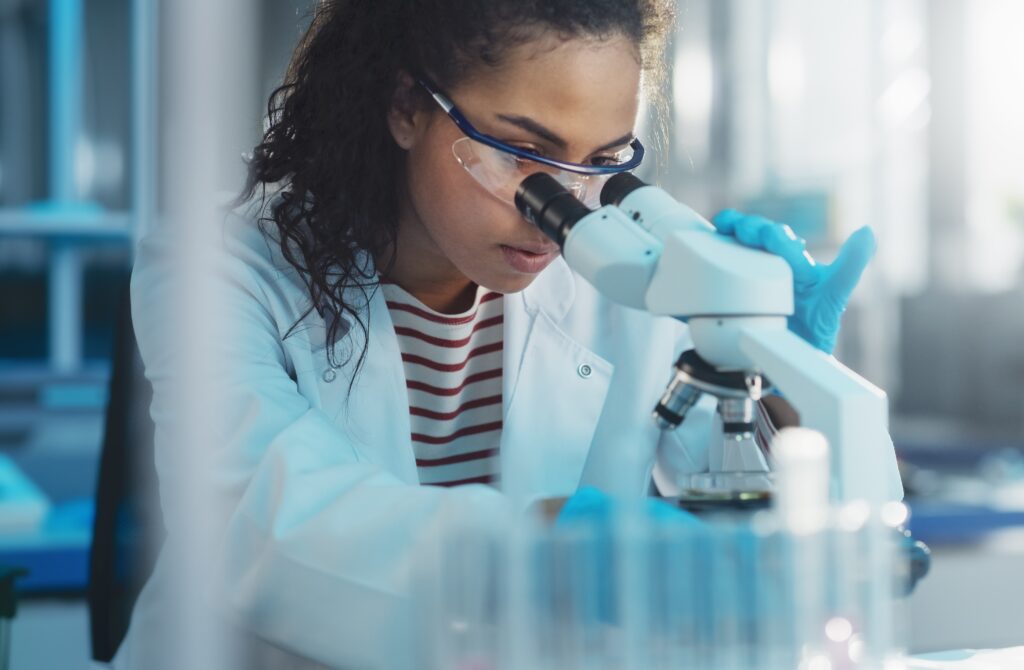
Physiology News Magazine
Policy Focus:
Building a better picture of the current use of experimental models for human and animal research
News and Views
Policy Focus:
Building a better picture of the current use of experimental models for human and animal research
News and Views
https://doi.org/10.36866/pn.126.9
Tom Addison
Policy Manager, The Physiological Society
The President’s View in the previous edition of PN was a timely reminder that ensuring a responsible and balanced in vivo landscape for our researchers is a critical part of The Society’s mission.
As Professor Paterson noted in Issue 125, The Society was formed as “an association of physiologists for mutual benefit and protection”, in part in response to Victorian anti-vivisection campaigns. While challenges undoubtedly remain in the in vivo regulatory environment, the UK Government’s economic priorities following the UK withdrawal from the European Union and the role of science research and development (R&D) in the COVID-19 response have given The Society and its allies a number of opportunities to reinforce the value of in vivo skills. As such, The Society has been working on a number of projects in this area.
Since the last edition of PN was published, The Physiological Society has been working closely with the Biotechnology and Biological Sciences Research Council (BBSRC) to organise a webinar to launch their Survey Report on the Use of Models in Research. This report was developed in consultation with The Physiological Society and our President chaired the Expert Working Group that was responsible for discussing and ratifying the report’s findings.

The report found that the most common reason for choice of a model was its physiological relevance (21%) and that 50% of respondents have been using their model for more than 10 years, with only 35% of respondents reporting changing from one model to another during their career. The most common model species was the fly (18%) followed by mouse and zebrafish (both 17%).
These findings give an interesting overview of the use of different models and species across those disciplines of most interest to BBSRC, and physiology will certainly have been represented within this survey. However, The Society is interested in building a better picture of the current use of experimental systems or models for human and animal research among physiologists specifically. This will help inform the work of our Policy Committee and In vivo Taskforce, as well as engagement with other organisations interested in the role of in vivo work in the R&D landscape such as the Royal Society of Biology (RSB), Understanding Animal Research (UAR) and the Association of the British Pharmaceutical Industry (ABPI).
This work will be particularly important given the changes that are currently ongoing in the regulation and auditing of the UK in vivo landscape. The UK Government’s Animals in Science Regulation Unit (ASRU) is currently in the process of being reorganised within the Home Office to focus exclusively on its role as a regulator. Its stakeholder engagement function is being taken over by a new cross departmental policy unit, which will be responsible for coordinating animal welfare across all Government departments.
Ensuring that the challenges physiologists face in delivering high-quality research and teaching involving animals will be crucial as the UK Government looks to R&D as a key aspect of its strategy to build back better, both economically and through improvements in health outcomes, following the COVID-19 pandemic.
